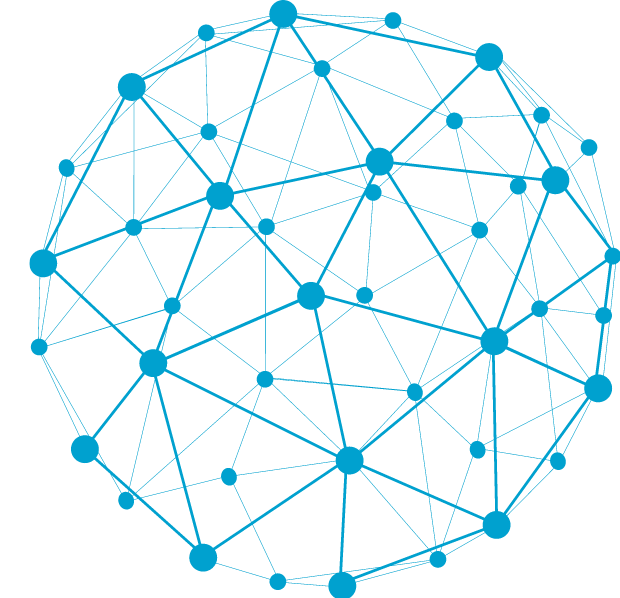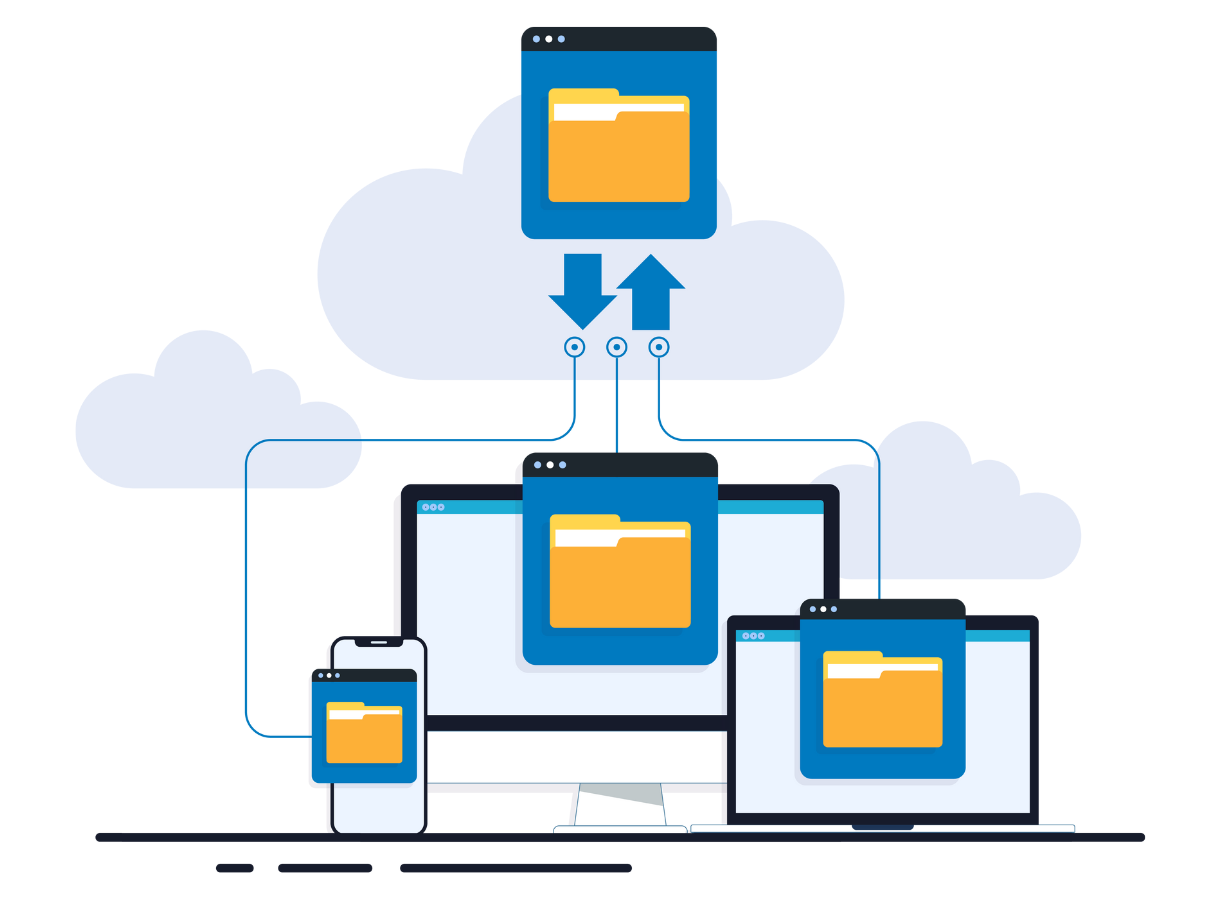Organizations need tools that not only improve productivity but also facilitate collaboration among team members, ensuring effective teamwork and seamless communication. FileMaker, a versatile and powerful platform by Claris, offers robust features designed to enhance both productivity and collaboration.
Centralized Data Management
One of the most significant advantages of using FileMaker is its ability to centralize data. In many organizations, data is often scattered across various systems and platforms, leading to inefficiencies and miscommunication. FileMaker provides a unified platform where all relevant data can be stored, accessed, and managed from a single location. This centralization ensures that everyone on the team is working with the same information, reducing errors and improving consistency.
Real-Time Collaboration
FileMaker supports real-time collaboration, allowing multiple users to access and work on the same database simultaneously. This feature is particularly beneficial for teams that need to update information frequently or work on projects together. With FileMaker, team members can see changes made by others in real-time, ensuring that everyone is on the same page. This capability eliminates the need for back-and-forth emails or waiting for updates, significantly speeding up the workflow.
Customizable User Roles and Permissions
In any collaborative environment, it’s crucial to manage access to data and functionality based on user roles. FileMaker allows you to customize user roles and permissions, ensuring that team members have access to the information they need while protecting sensitive data. By assigning different levels of access, you can ensure that each team member can contribute effectively without compromising the security of your data.
Integrated Communication Tools
FileMaker can be integrated with various communication tools, such as email and instant messaging platforms, to streamline communication within the organization. For example, you can set up automatic email notifications for specific events or updates within the database, keeping team members informed without the need for manual intervention. This integration ensures that important information is communicated promptly and efficiently, reducing the likelihood of miscommunication.
Enhanced Project Management
Effective project management is critical for collaboration, and FileMaker excels in this area. The platform allows you to create custom project management applications tailored to your team’s specific needs. These applications can include features such as task assignments, progress tracking, and deadline reminders, ensuring that everyone knows their responsibilities and deadlines. By having a clear overview of the project status, teams can collaborate more effectively and ensure that projects are completed on time.
Mobile Access
In today’s mobile-first world, having access to your work on the go is essential. FileMaker’s mobile capabilities allow team members to access and update information from their smartphones or tablets, no matter where they are. This flexibility ensures that collaboration doesn’t stop when team members are out of the office, enhancing productivity and responsiveness.
Integrations with Other Tools
FileMaker’s ability to integrate with other tools and systems further enhances its collaborative capabilities. Whether it’s integrating with CRM systems, accounting software, or other business applications, FileMaker ensures that data flows seamlessly between different platforms. This integration reduces the need for manual data entry and ensures that all team members have access to up-to-date information across different systems.
FileMaker’s robust collaboration features make it an invaluable tool for organizations looking to improve teamwork and communication. By centralizing data, supporting real-time collaboration, and offering customizable user roles, FileMaker ensures that teams can work together more effectively. Additionally, its integrations with other tools and mobile capabilities make it a flexible and powerful solution for modern businesses. Investing in a custom FileMaker solution can transform your organization’s productivity and collaboration, leading to better outcomes and a more cohesive team.
At Kyo Logic, we specialize in creating custom FileMaker solutions that enhance productivity and collaboration for businesses of all sizes. Our expert team works closely with you to design and implement systems tailored to your unique needs, ensuring that your team can work together seamlessly and efficiently. Contact us today to learn more about how we can help your business thrive with a custom FileMaker solution.





